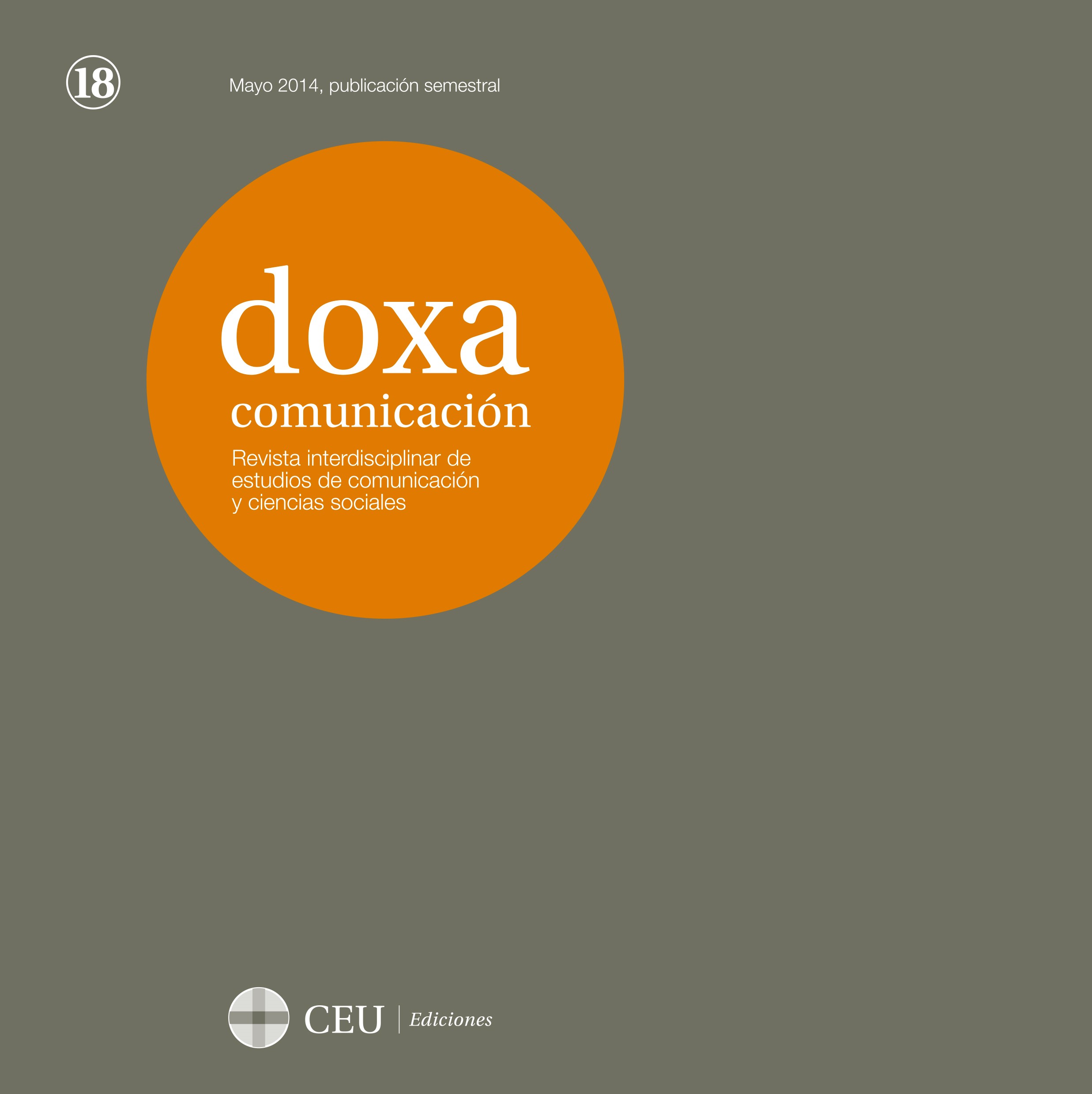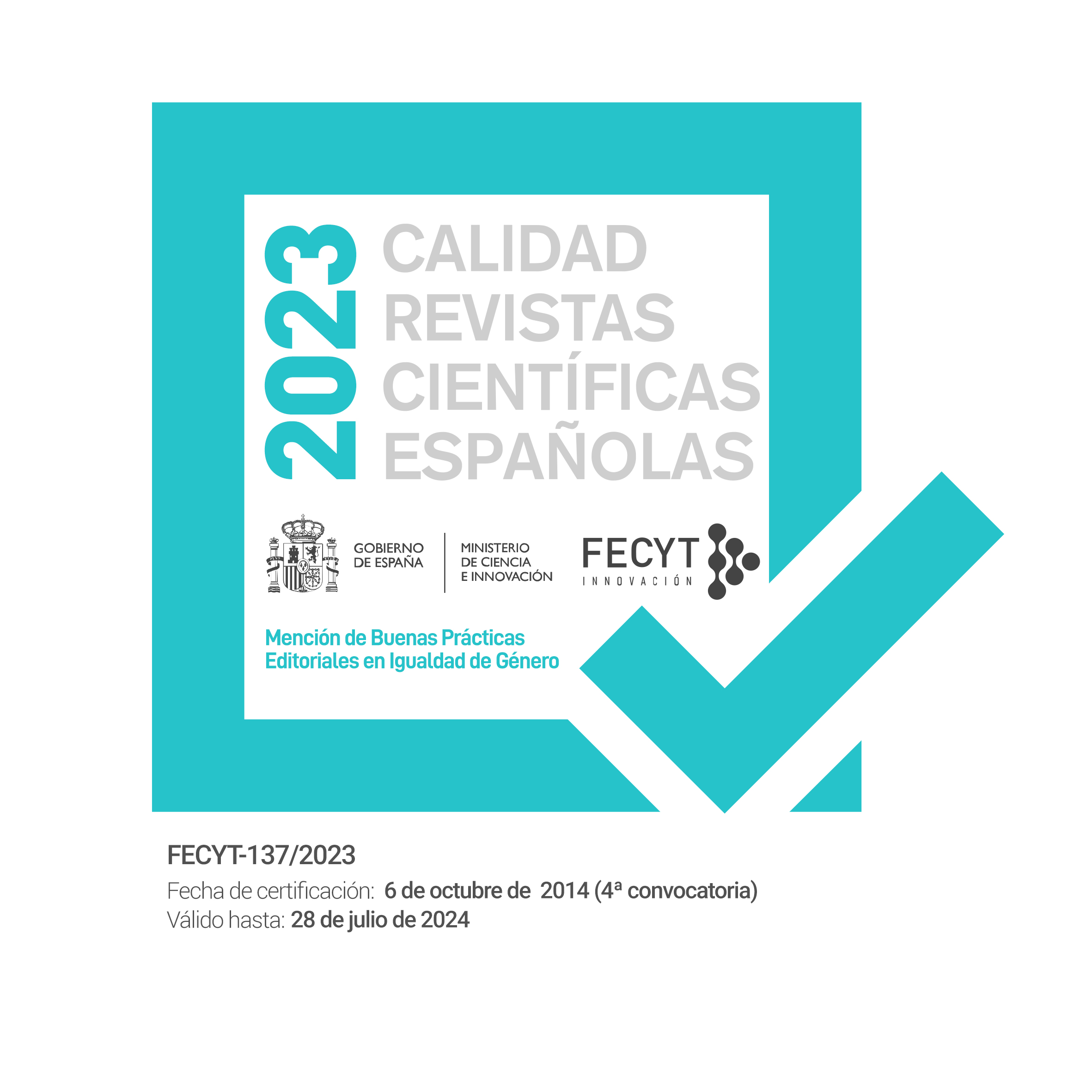El rol de los medios en la transformación del deporte en bien de consumo
Resumen
El artículo presenta una aproximación teórica para entender la transformación que los medios de comunicación han provocado en el deporte moderno profesional y, más concretamente, explora el llamado proceso de comodificación que en las últimas décadas ha convertido al deporte en un producto apto para el consumo de audiencias globales. Se proponen para examinar este fenómeno las relaciones entre sus tres agentes fundamentales: las instituciones deportivas, los medios y los fans. El trabajo reflexiona sobre los problemas que el modelo plantea y constata la singularidad del producto deportivo, a medio camino entre la ganancia empresarial y la filiación sentimental.
Descargas
Citas
Boge, E. (2009): Konvergens, sportsrettigheter og formidling - En casestudie av Telenors utnyttelse av fotballavtalen 2005.
[Convergence, sports rights and distribution. A case study of Teleno fs exploitation offootaballa agreement2005]. Bergen: University of Bergen, Department of Information and Media Science.
Boyle, R. (2012): “Social Media Sport? Journalism, Public Relations and Sport”, en Krovel, R.A (ed): We Love to Hate Each Other: Mediated Football Fan Culture. Goteborg: Nordicom, pp. 45-62.
Boyle, R. (2006): Sports Journalism. Context and Issues. London: Sage.
Boyle, R. y Haynes, R. (2000): Power Play: Sport, Media and Popular Culture. London: Longman.
Boyle, R. y Haynes, R. (2004): Football in the New Media Age. London: Routledge.
Boyle, R.; Rowe, D. yWhannel, G. (2010): “Delight in Trivial Controversy? Questions for Sports Journalism”, en Allan, S. (ed): The Routledge Companion to News and Journalism. Abingdon: Routledge.
Cleland, J. (2011): “The Media and Football Supporters: a Changing Relationship”, Media, Culture & Society, n.33 (2), pp. 299-315.
Comisión Europea (2007): White Paper on Sport. Luxembourg: Office for Official Publications of the European Communities.
Deloitte (2012): Football Money League. Sports Business Group.
Desmarais, E y Bruce, T. (2010): “The Power of Stereotypes: Anchoring Images Through Language in Live Sports Broadcasts”, Journal of Language and Social Psychology, n. 29 (3), pp. 338-362.
Elias, N. y Dunning, E. (1986): Quest for Excitement: Sport and Leisure in the Civilizing Process. Oxford: Basil Blackwell.
European Observatoire of Sport and Employment (2004): Vocational Education and Training related to Sports in Europe: Situation, Trends and Perpectives.
Feddersen, A. y Rott, A. (2011): “Determinants of Demand for Televised Live Football: Features of the German National Football Team”, Journal of Sports Economics, n° 12 (3), pp. 352-369.
FIFA (2010): Informe de Finanzas de la FIFA 2010.
Forgacs, D. (1988): The Gramsci Reader: Selected Writings 1916-1935. New York: Schoken Books.
Forrest, D.; Simmons, R. y Buraimo, B. (2005): “Outcome uncertainty and the couch potato audience”, Scottish Journal of Political economy, n° 52 (4), pp. 641-661.
Gardiner, S. y Felix, A. (1995): “Juridification of the Football Field: Strategies for Giving Law the Elbow”, n° 5 (1), pp. 189-219.
Ginesta, X. (2011): “El fútbol y el negocio del entretenimiento global. Los clubes como multinacionales del ocio”, Comunicación y sociedad, n.24 (1), pp. 141-166.
Giulianotti, R. (2011): “Sport Mega Events, Urban Football Carnivals and Securitised Commodification: The Case of the English Premier League”, Urban Studies, n° 48 (15), pp. 3293-3310.
Giulianotti, R. (2005): “Sport Spectators and the Social Consequences of Commodifications. Critical Perspectives from Scottish Football”, Journal of Sport and Social Issues, n° 29 (4), pp. 386-410.
Giulianotti, R. (2002): “Supporters, Followers, Fans and Flaneurs. A Taxonomy of Spectator Identities in Football”, journal of Sport & Social Issues, n° 26 (1), pp. 25-46.
Griffin, R. A. (2012): “The Disgrace of Commodification and Shameful Convenience. A Critical Race Critique of the NBA”, Journal of Black Studies, n° 43 (2), pp. 161-185.
Knight, G.; MacNeill, M. y Donnelly, P. (2005): “The Disappointment Games: Narratives of Olympic Failure in Canada and New Zealand”, International Review for the Sociology of Sport, n° 40 (1), pp. 25-51.
L’Etang, J. (2010): “Cross-cultural sport public relations and communication”, en Hopwood, M. S. (ed): Sport Public Relations and Communications. London: Elsevier.
L'Etang, J. (2013): Public relations and sport London: Sage.
Llopis-Goig, R. (2012): “From 'Socios' to 'Hyper-Consumers': An Empirical Examination of the Impact of Commodification on Spanish Football Fans”, Soccer & Society, n° 13 (3), pp. 392-408.
Lonsdale, C. (2004): “Player Power: Capturing Value in the English Football Supply Network”, Supply Chain Management:
An International Journal, n° 9 (5), pp. 383-391.
Magnane, G. (1966): Sociología del deporte. Madrid: Peninsula.
Marca (2011): “Blatter reelegido para un cuarto mandato al frente de la FIFA”. [Disponible en: http://www.marca.com/ 2011/06/01/ fútbol/ futbol_internacional/ 1306944873.html]
Moor, L. (2007): “Sport and Commodification. A Reflection on Key Concepts”, Journal of Sport 8¿ Social Issues, n° 31 (2), pp. 128-142.
Morgan, P. (2005): The Insider: The Private Diaries of a Scandalous Decade. London: Ebury Press.
Párente, D. E. (1977): “The Interdependence of Sports and Television”, Journal of Communication, n.27 (3), pp. 128-132.
Paul, R. y Weinbach, A. (2007): “The uncertainty of outcome and scoring effects on Nielsen ratings for Monday Night Football”, journal of Economics and Business, n.59 (3), pp. 199-211.
Rojek, C. (2006): “Sports Celebrity and Civilizing Process”, Sport in Society, n.9 (4), pp. 674-690.
Rowe, D. (1999): Sport, Culture and the Media: the Unholy Trinity. Buckingham: Open University Press.
Ruddock, A.; Hutchins, B. y Rowe, D. (2010): “Contradictions in Media Sport Culture: The Reinscription of Football Supporter Traditions Through Online Media”, European Journal of Cultural Studies, n.13 (3), pp. 323-339.
Schultz forgensen, S. (2005): The World's Best Advertising Agency: The Sports Press. Copenhagen: Mandag Morgen.
Sewart, J. J. (1987): “The Commodification of Sport”, International Review for the Sociology of Sport, n.22 (3), pp. 171-192.
Soldberg, H. A. y Helland, K. (2011): “Sports Broadcasting and Accelerator of Business Integration in the Media Industry”, Nordicom Review, n.32 (2), pp. 17-33.
The Guardian. (2011). “Fifa presidential election - as it happened”. [Disponible en: http://www.theguardian.com/foot- ball/2011 /jun/01 /fifa-presidential-election-live-blog]
Turner, P. (2008): “The Impact of Technology on the Supply of Sport Broadcasting”, European Sport Management Quarterly, n. 7 (4), pp. 337-360.
Van Bottenburg, M., & Heilbron, J. (2006). De-Sportization of Fighting Contests: The Origins and Dynamics of No Holds Barred Events and the Theory of Sportization. International Review for the Sociology of Sport, 41 (3-4), 259-282.
Viza, O. (2011). “El Barga sería mucho peor sin el Real Madrid”, Marca.
Wagg, S. (2007): “Angels of us all? Football Management, Globalization and the Politics of Celebrity”, Soccer & Society, n.8 (4), pp. 440-458.
Whannel, G. (2010): “Celebrity and Vortextuality: a Study of the Media Coverage of the fackson Verdict”, Cultural Politics, n.6 (1), pp. 65-8.
Whannel, G. (2008): Culture, Politics and Sport. Blowing the Whistle Revisited. New York: Routledge.
Whannel, G. (1992): Fields in Vision: Television, Sport and Cultural Transformation. London: Routledge.
Descargas
Publicado
Cómo citar
Número
Sección
Licencia
Derechos de autor 2014 http://creativecommons.org/licenses/by-nc/4.0

Esta obra está bajo una licencia internacional Creative Commons Atribución-NoComercial 4.0.



























